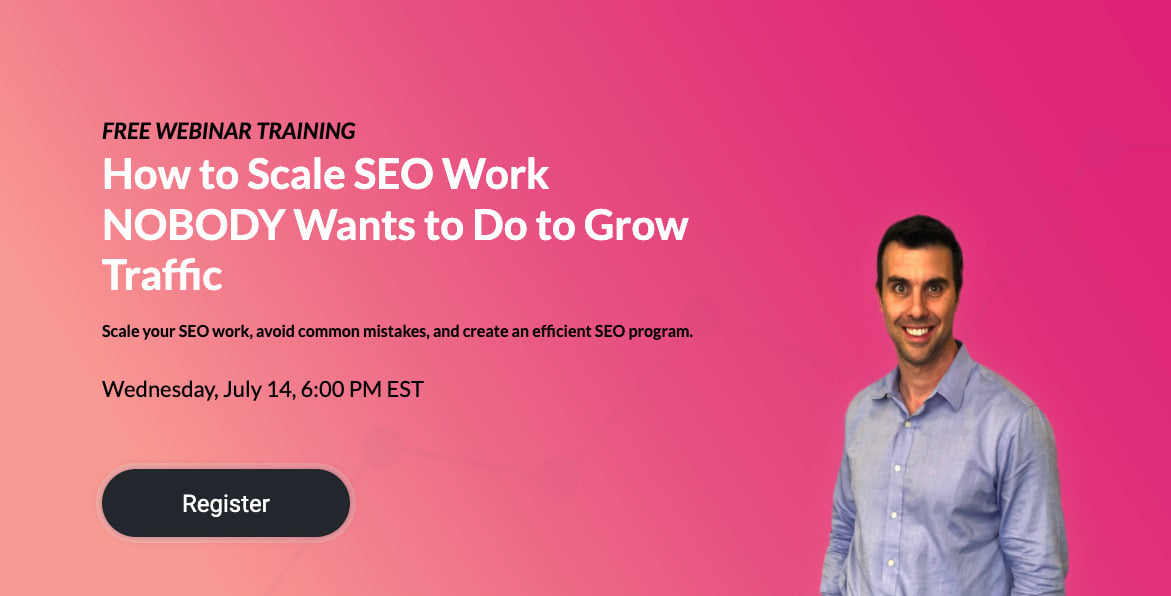It might be time to think outside of the box in regards to search results on Google.
A recent study by Netbooster suggests that we may need to adjust our focus from just the top 10 search results on Google, to the second and third pages as users are interacting with those pages more than ever before.
While the highest traffic rates are still on the first three search results (19, 15, and 11.45 percent respectively), the results that are usually below the fold also experienced a higher CTR than before.
Previously considered a no-man’s land, the Click Through Rates (CTR) were found to be much higher for search results 11-20 which accounted for 17% of total traffic, and 21-30 delivering 5% –much higher than formerly anticipated.
Brands
With the study, Netbooster also wanted to identify how the size of a brand influences the click curve. The study consisted of: 65 million clicks, 311 million impressions, 1.2 million unique search queries, 54 unique brands, 11 household brands (sites with a total of 1M+ branded keyword impressions), and data that covered several verticals including retail, travel and financial.
Netbooster then grouped the domains into large, medium, and small categories that were based on the total brand query impressions across the whole study.
The study showed that large scale brands have a significantly higher CTR than medium and small scale brands do in non-branded search queries. The medium and small brands were actually shown to lose CTR to the larger brands, indicating that strong keyphrase strategy will be crucial for smaller brands to improve their CTR in natural search. Targeting keywords and keyphrases that aren’t dominated by the larger brands–most likely more long-tail keyphrases–will be an important step in gaining traffic for the smaller and medium scale brands.
Search Behavior
This study proves that search behavior is in the midst of a change. Users are becoming more knowledgeable of how search engines work, allowing them to better pinpoint exactly what they are looking for. For example, Google’s Zero Moment of Truth (ZMOT) Theory describes a shift in the way users search for information online, and predicts that we can expect a rise in the number of times natural search is involved on the way to conversion.
Mobile Search
By now, everyone should know that mobile search is a huge part of modern life, with many companies seeing a shift from desktop natural search to mobile search. According to Google, 30% of all searches in 2013 were made from a mobile device, and it’s expected to rise to around 50% by the end of 2014.
The Netbooster study also included mobile CTR, and the click curve for mobile was actually very similar to that of desktop, suggesting that even though the screen size is undoubtedly smaller, consumers are still willing to look at the second and third pages of search results.
If this study proves anything, it’s how important it is to know how your customers are using Google. While users are still mainly concerned with the first page of search terms, understanding that they are also willing to do some digging will help even the smallest of brands to possibly gain some rankings and improve their traffic.




